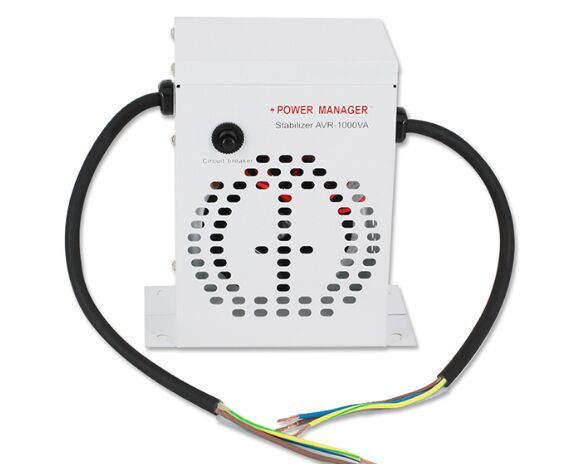In an electromechanical regulator, voltage regulation can be easily achieved by winding the induction wire into a coil. The magnetic field generated by the current attracts the iron core that is trapped under spring tension. As the voltage increases, the current also increases, which intensifies the magnetic field generated by the solenoid and pulls the iron core to this magnetic field, because the force of the iron core will be toward the direction of maximum inductance.
The same type of regulator was originally incorporated into a car equipped with an alternator, and they worked almost the same way. However, because some cars use ammeters, no current regulator is needed. Therefore, a "single unit" regulator is used to turn on the stator winding of the alternator. It is just a regulator without a current regulator part.
The magnet is physically connected to the mechanical power switch, and as the magnet enters the magnetic field, the power switch is turned off. Since the capacitor has been discharged, when the voltage drops, the current will also drop, thereby releasing the spring tension or the weight of the iron core and retracting the iron core. This will close the switch and allow the power to circulate again. Electromechanical regulators have also been used to regulate the voltage on AC distribution lines. These regulators usually work by selecting suitable taps on a transformer with multiple taps with the help of a moving iron core.

If the output voltage is too low, the tap switch will switch the connection to generate a higher voltage(automatic electric voltage stabilizer). If the output voltage is too high, the tap switch will switch the connection to produce a lower voltage. If the mechanical regulator design is sensitive to small voltage fluctuations, the movement of the solenoid core can be used to move the selector switch over a series of resistors or transformer windings to gradually increase the output voltage in the autotransformer Or lower.
Electromechanical regulators have also been used to regulate the voltage on AC distribution lines. These regulators usually work by selecting the appropriate taps on a transformer with multiple taps. If the output voltage is too low, the tap switch will switch the connection to generate a higher voltage. If the output voltage is too high, the tap switch will switch the connection to produce a lower voltage. The control provides a dead zone in which the controller will not function, thereby preventing the controller from constantly fluctuating (constantly adjusting the voltage) to achieve the desired target voltage.